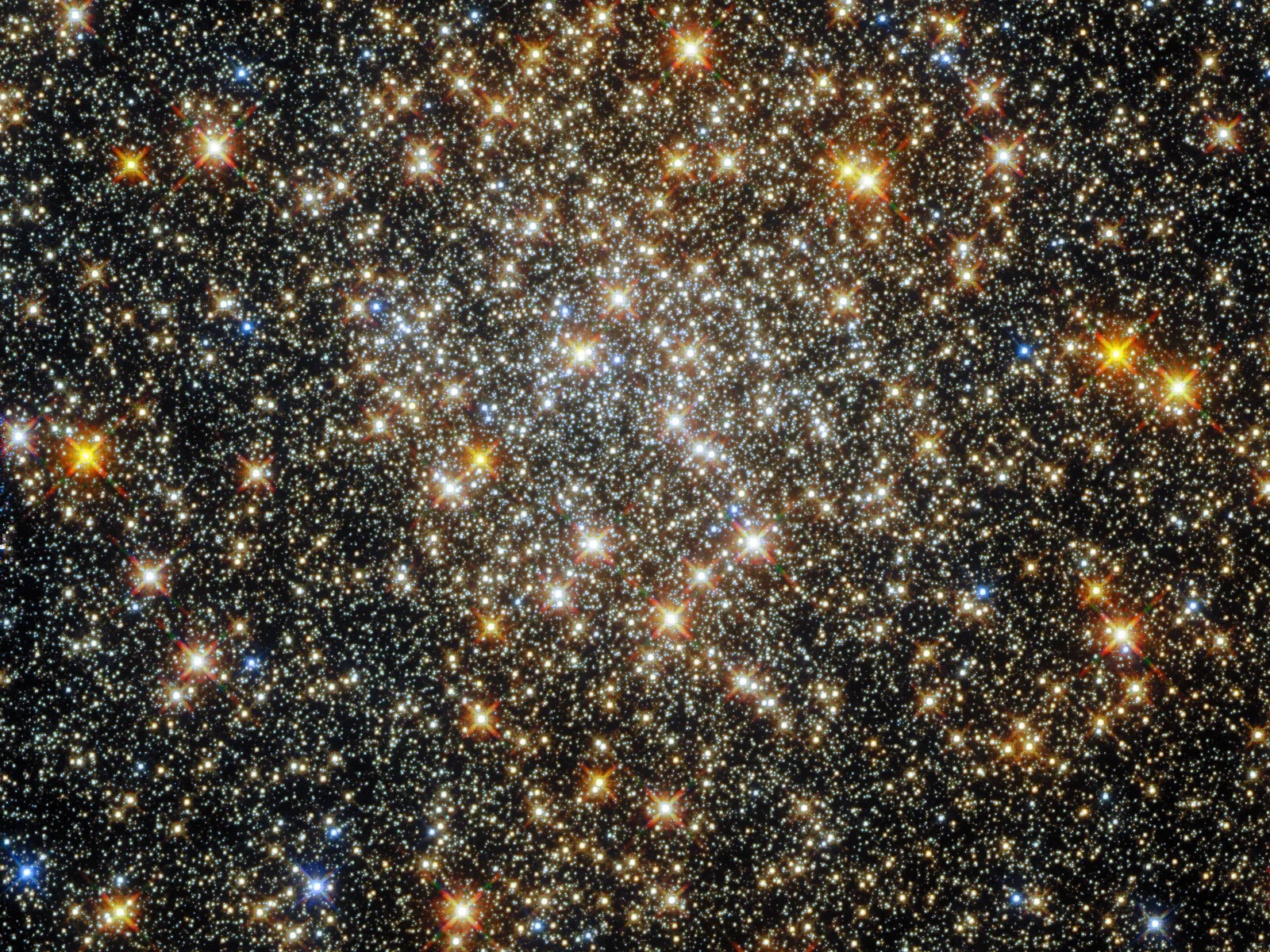
Image credit: ESA/Hubble and NASA, R. Cohen
Last month several planets appeared to line up across the eastern morning sky, but this month, each planet’s own orbital speeds have caused a change in their positions as we see them. This month only Mercury and Venus will be visible in the evening western skies briefly after sunset. Venus will set first and even though it is very bright it will be a challenge to spot it hugging the horizon. On July 6th when the crescent Moon passes just over Venus 30 minutes after the Sun sets if might be easier to find it.
Mercury being a little higher, though dimmer, should be easier to see when the Moon passes above it on July 7th; especially through binoculars. Venus will gain altitude later through the summer while Mercury’s orbit will take it closer to the Sun from our viewpoint and out of sight for awhile.
Saturn will be up above the eastern horizon by midnight in July and provide decent views of it by 2 pm until dawn. On July 24th, the waning gibbous Moon can be seen above the ringed planet. Saturn rings will appear almost edge-on and very thin when seen through a telescope. The ring tilt currently is only 2 degrees away from our sight line out to Saturn. Saturn orbits the Sun in a slightly different plane from the plane of Earth’s orbit so our view of the rings gradually shifts over about a dozen years.
Mars rises from the eastern horizon around 2 am and by July 21st will be about 30 degrees above the horizon. On July 20th Mars will stand below the well-known Pleiades star cluster, and by the 22nd will be near Aldebaran, the brightest star in Taurus the Bull. Aldebaran is often called the “eye” of the Bull because it is a bright reddish-orange star. Reddish-orange Mars appearing so close and being the same in brightness as Aldebaran will make it look like the Bull temporarily has two “red eyes!”
Jupiter gains altitude this month, also in the eastern pre-dawn sky, and already bright, brightens through July. Waning crescent Moons will appear close the Jupiter several times: on July 3rd, 30th, and 31st,
The summer Milky Way comes into view this month as we will be looking due south toward the center of our Milky Way galaxy, where a greater concentration of stars, cluster, and nebulae(gas clouds) are found. Zodiac constellations Scorpius and Sagittarius trace low across the southern horizon and the summer Milky Way sweeps up from these two toward the zenith and left over to the northeastern sky. Choose good clear nights without conflicting street lights or house lights to reveal this “milky path” across the sky. Binocular views tracing across this arc will show even greater glory and will be a real treat!
Also glance up straight to the zenith (top of the sky) and then look west (right) for Arcturus, another red-orange star; 3rd brightest of all stars as seen from Earth, and then look east (left) to Vega, bluish-white in color, and 4th brightest of all stars (as seen from Earth).
Full Moon for July is on the 21st, one day after the anniversary of the first manned Moon landing on July 20th, 1969 (Neil Armstrong/USA)



Write a Letter to the Editor on this Article
We encourage readers to offer their point of view on this article by submitting the following form. Editing is sometimes necessary and is done at the discretion of the editorial staff.